TABLE OF CONTENTS
Keeping your kitchen knives razor sharp isn't just about making slicing easier—it's about safety, precision, and protecting the long-term performance of your blades. A dull knife can slip while cutting, crush delicate ingredients like tomatoes or herbs, and turn everyday cooking into a frustrating task. But how do you keep kitchen knives sharp at home without replacing them too often or relying on professional sharpening services?
The answer lies in simple, consistent care. From how you store your knives to how you clean and use them, everyday habits play a big role in how long your blade stays sharp. If you've ever searched for how to keep kitchen knives sharp without sharpening them, kitchen knife care tips for beginners, or what causes kitchen knives to get dull, you're in the right place.
In this guide, we'll break down the best ways to care for your kitchen knives at home—no advanced kitchen tools required. You'll learn how to recognize early signs of a dull knife, how to avoid common mistakes that dull blades faster, and how to keep knives sharp longer at home using simple, practical routines. And when the time comes to restore that razor edge, we'll link to our complete guide on knife sharpening tools to help you find the best fit for your needs.
👀Daily Habits to Keep Kitchen Knives Sharp Longer
how to tell if your knife is dull • early signs of a dull blade • what dulls kitchen knives
Even the sharpest kitchen knives won’t stay that way forever. One of the most important parts of knife care is knowing when your blade is losing its edge—before it becomes a safety hazard or starts ruining your ingredients.
❓Early Signs Your Knife Is Getting Dull
You don’t need fancy equipment to test your knife’s sharpness. These simple signs are easy to spot:
- It squashes soft foods like tomatoes or herbs instead of slicing cleanly
- It slides off the skin of onions, peppers, or apples instead of piercing smoothly
- You need to use more pressure to cut through meat, vegetables, or fruit
- It tears rather than slices paper in a paper-cut test
- It won’t grip the surface of the food—it skids off instead
- If you're experiencing one or more of these, it's likely time to take action.

⚠What Causes Kitchen Knives to Get Dull Faster?
Sometimes it’s not just time—it’s small daily habits that accelerate dulling. Here are a few common culprits:
- Using glass, marble, or ceramic cutting boards: These materials are too hard and wear down the blade edge quickly.
- Tossing knives loosely in a drawer without any protection: Constant knocking against other utensils can chip or roll the blade.
- Washing knives in the dishwasher: The heat, moisture, and rattling can corrode and damage edges over time.
- Using knives for the wrong task: Using a chef’s knife to pry open jars or cut bones can quickly ruin the blade.

By recognizing these early signs and avoiding these small but costly habits, you can preserve the sharpness of your knives for much longer.
👉 So what’s the next step after spotting a dull edge? Before you grab a sharpener, it’s worth looking at how you care for your knife day to day. In the next section, we’ll break down how to clean kitchen knives properly, the knife cleaning mistakes that dull blades, and the best ways to prevent your knives from going dull too fast. If you're looking for daily knife maintenance tips and how to keep knives sharp without sharpening every week, you won’t want to skip this part.
🧼Proper Knife Cleaning to Prevent Dulling
how to clean kitchen knives properly • daily knife care routine • how to store kitchen knives safely • when to sharpen kitchen knives
Even the best kitchen knife will lose its edge quickly if it’s not cleaned and stored properly. While most people focus on sharpening, the truth is that daily cleaning and correct storage play a huge role in how long your kitchen knives stay sharp.
🧽 How to Clean Kitchen Knives Properly
After each use, hand-wash your knife with warm water and a mild soap. Use a soft sponge—never steel wool or abrasive scrubbers—and dry the blade immediately with a clean towel. Letting your knife air dry can cause moisture buildup that dulls the blade over time.
✅ Pro tip: Avoid soaking your knife in the sink or leaving it wet on a dish rack.

🔁 How Often Should You Sharpen Kitchen Knives?
Even with perfect cleaning habits, blades eventually lose their edge. If you’re asking how often to sharpen kitchen knives at home, the answer depends on how often you cook, what you cut, and the steel quality of your knife.
As a general guideline:
- Light home cooks: Sharpen every 3–6 months
- Frequent cooks: Every 4–6 weeks
- Daily/prep-heavy cooks: Monthly or as soon as you notice dullness
- Between sharpenings, use a honing rod weekly to realign the edge—this keeps the blade cutting smoothly and helps delay the need for a full sharpening.
🧲 Where to Store Knives After Sharpening
Many home cooks overlook this step, but how you store your knives after sharpening can make or break your efforts. Throwing a newly sharpened knife back into a cluttered drawer can dull the edge almost immediately.
Instead, try these storage ideas:
- A magnetic knife block keeps blades visible, accessible, and suspended away from contact.
- A knife drawer insert keeps each blade protected in its own slot, minimizing friction and damage.

These simple upgrades to your knife cleaning routine and storage setup can make a noticeable difference in how long your blades stay razor sharp—no extra sharpening required.
🧾 Keep Your Knives Sharp with Smarter Habits
how to maintain kitchen knives at home • best way to keep knives sharp • do I need a knife sharpener
Keeping your kitchen knives razor sharp isn’t just about using the right tools—it starts with everyday habits. From how to clean kitchen knives properly to how to store them safely after sharpening, the way you treat your knives in daily use directly affects how long they’ll stay sharp.
By recognizing early signs of a dull blade, avoiding knife care mistakes that shorten edge life, and adopting a few simple storage and cleaning routines, you can dramatically extend the lifespan of your knives—often without needing to sharpen them as frequently.
That said, no matter how well you care for your knives, all blades eventually need maintenance. If you’ve found yourself wondering how often to sharpen kitchen knives, or whether you need a knife sharpener at home, it might be time to explore your options.
👉 Whether you cook occasionally or prep meals daily, choosing the right sharpener depends on your habits, knife type, and comfort level. To help you decide, we’ve put together a full guide on sharpening tools—from built-in solutions to handheld rollers and professional-style systems.
FAQ:
Q: What daily habits help keep knives sharp longer?
A: Always hand-wash your knives, avoid the dishwasher, dry them immediately, use wood or plastic cutting boards, and store them properly using a knife block, drawer insert, or magnetic strip or block.
Q: How often should I sharpen my kitchen knives at home?
A: For most home cooks, sharpening every 3–6 months is sufficient. Heavy use may require monthly sharpening. Between sharpenings, use a honing rod weekly to maintain edge alignment.
Q: Do I need professional sharpening or can I do it myself?
A: Many kitchen knives can be sharpened at home using the right tools. If you’re unsure which knife sharpener suits your cooking style, read our full guide below👇.
🔗 Read Next: How to Choose the Right Knife Sharpener for Your Kitchen →

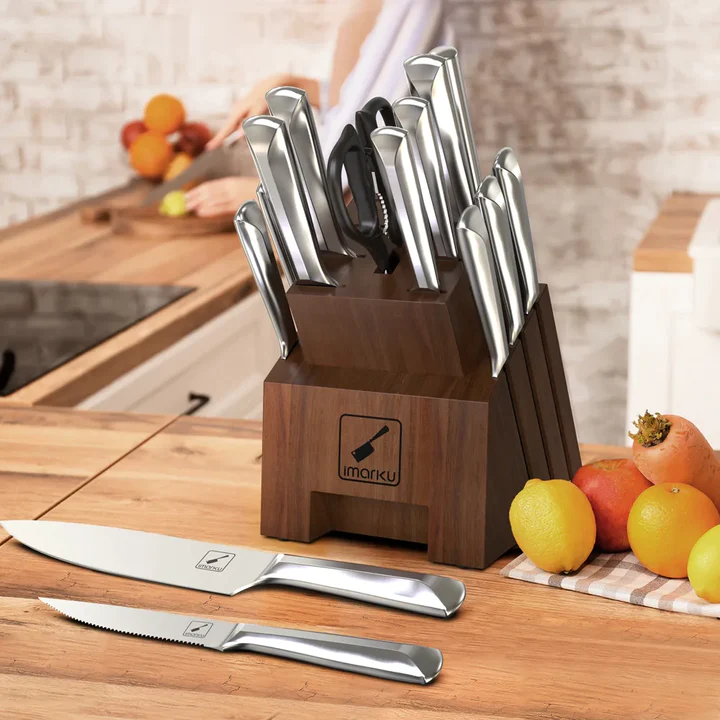
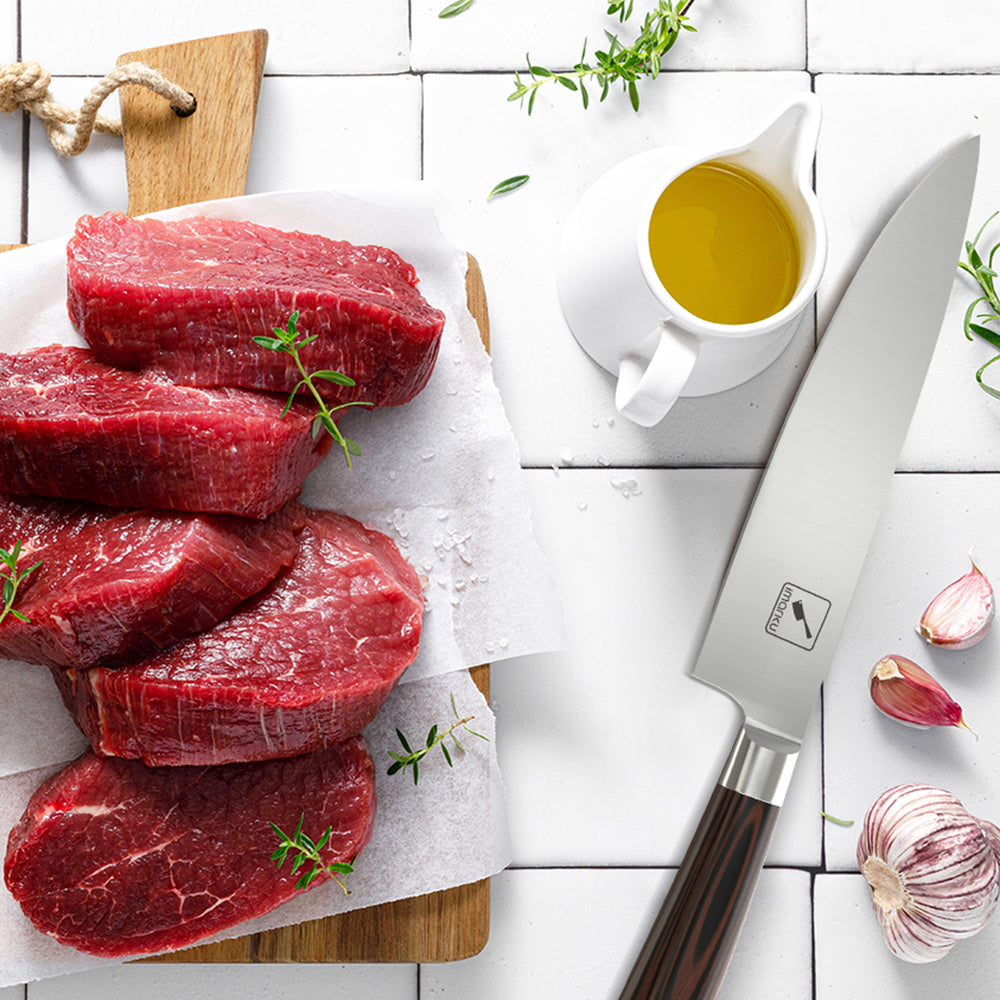
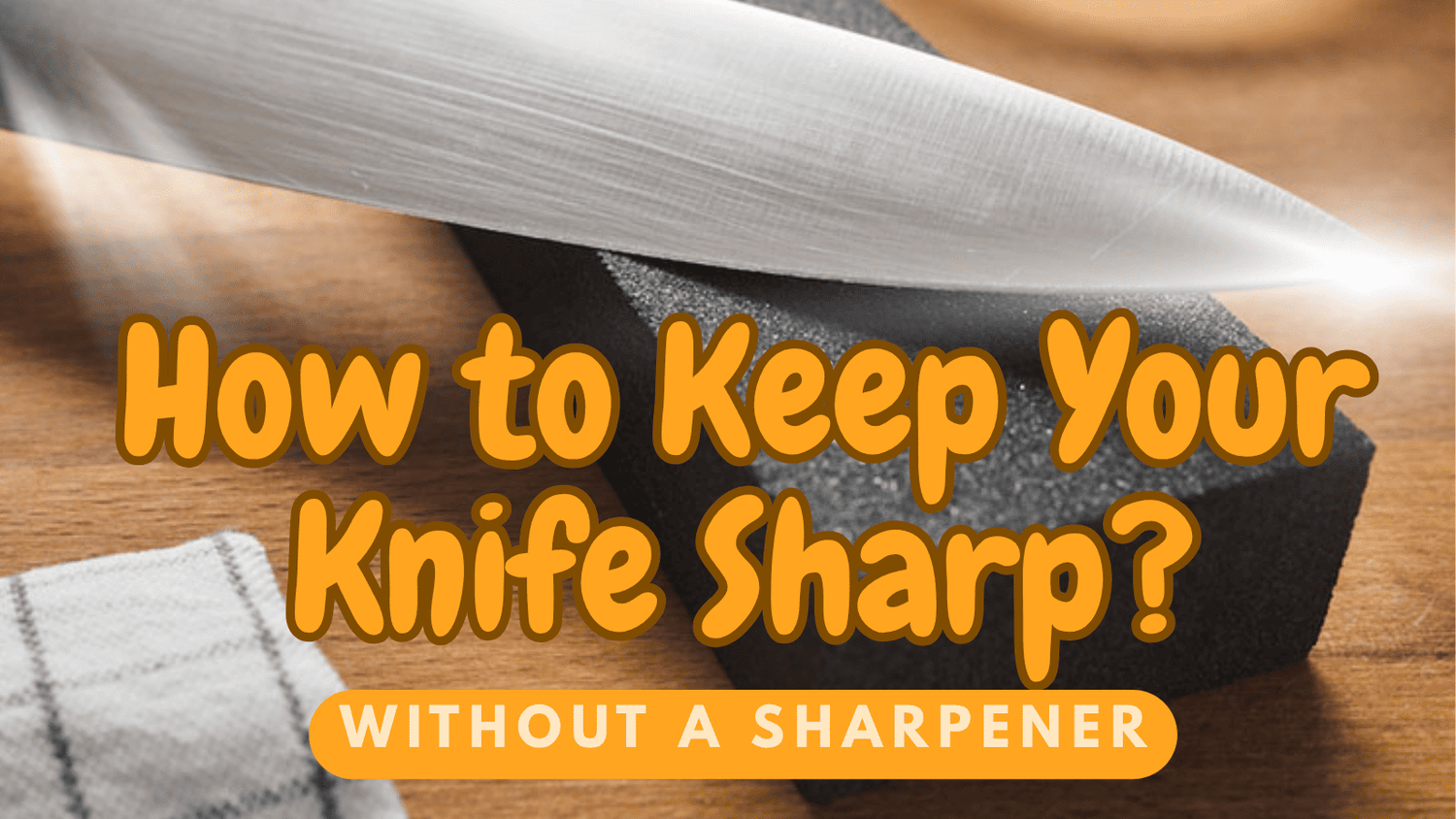
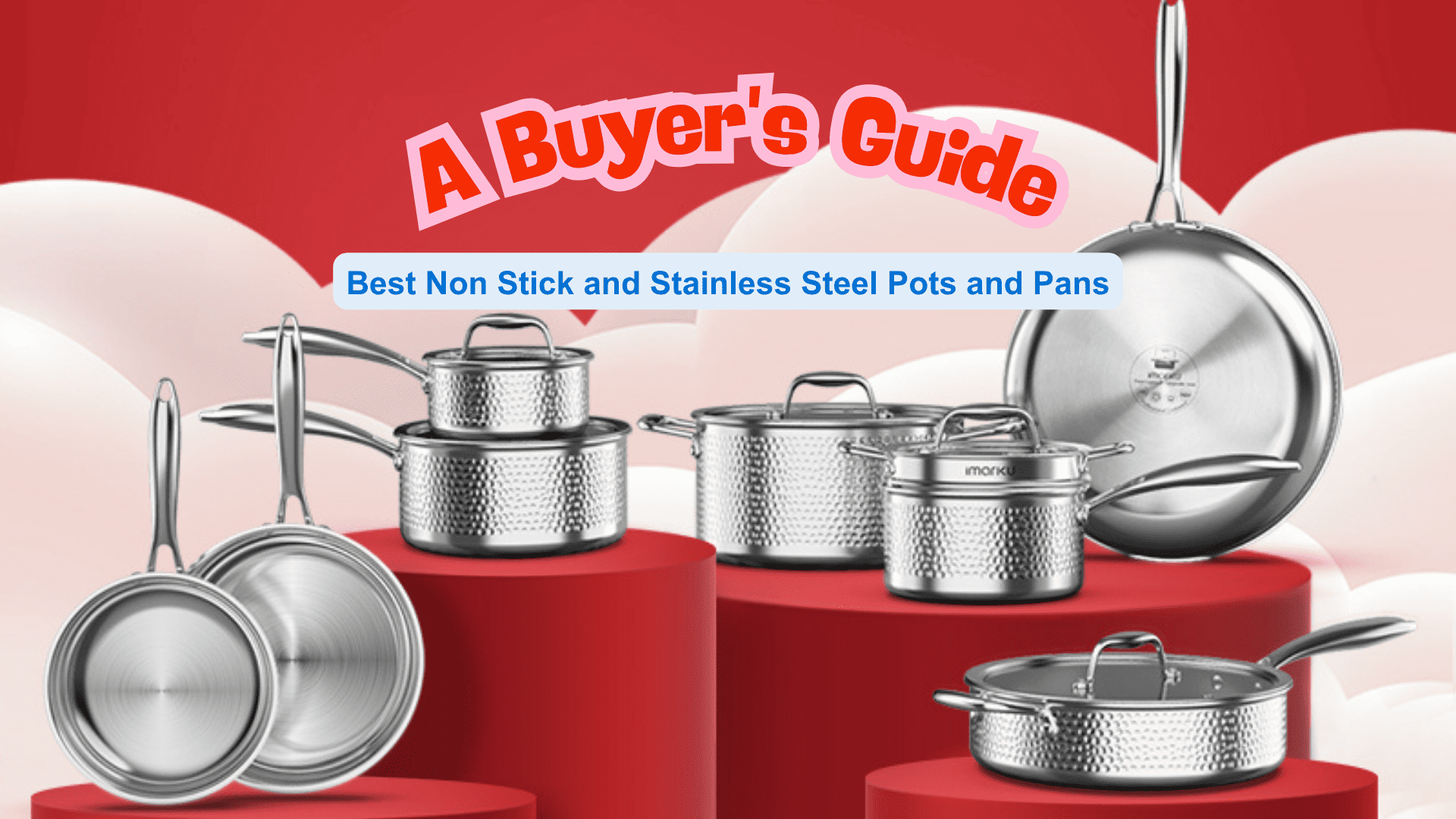
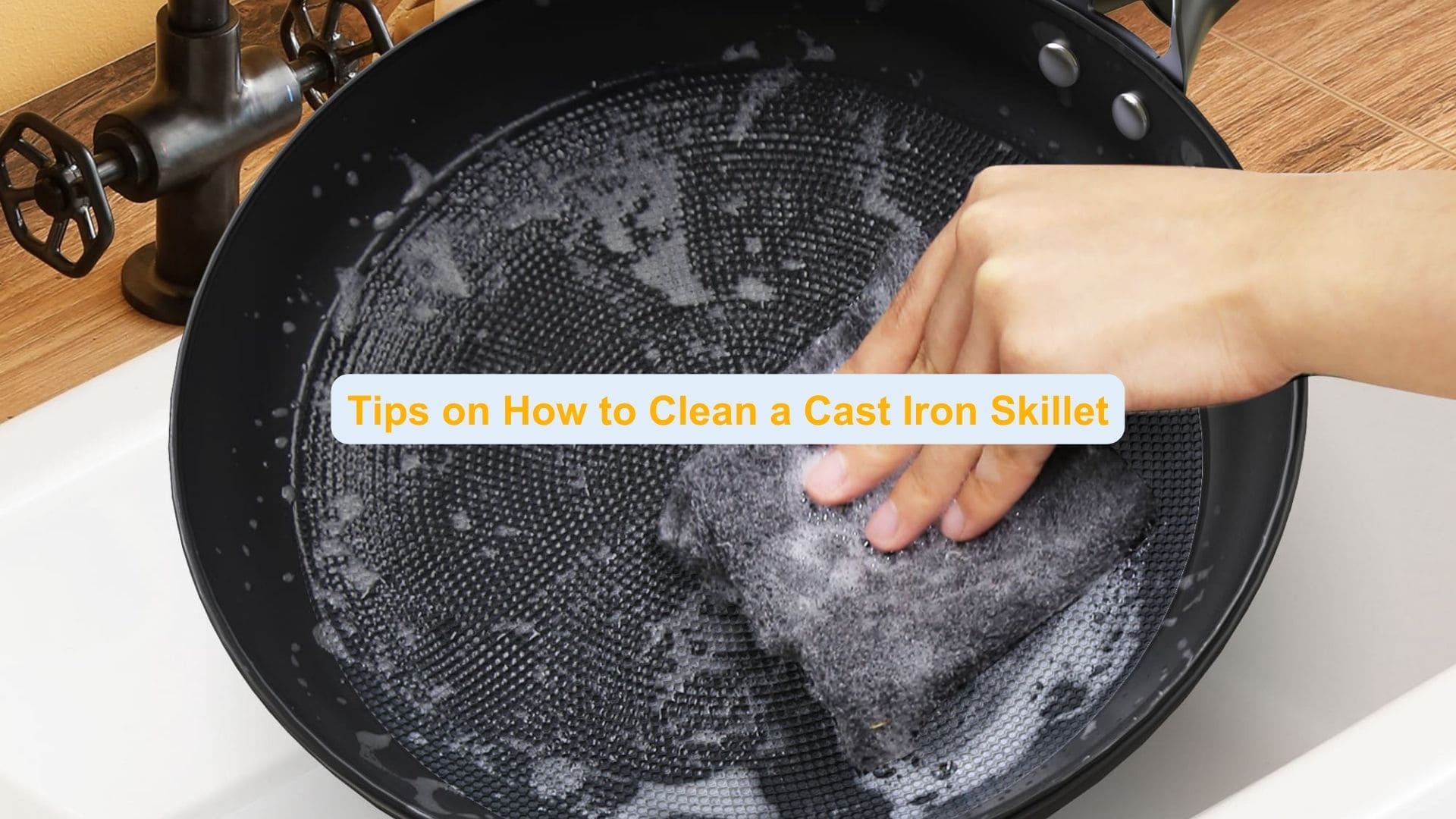

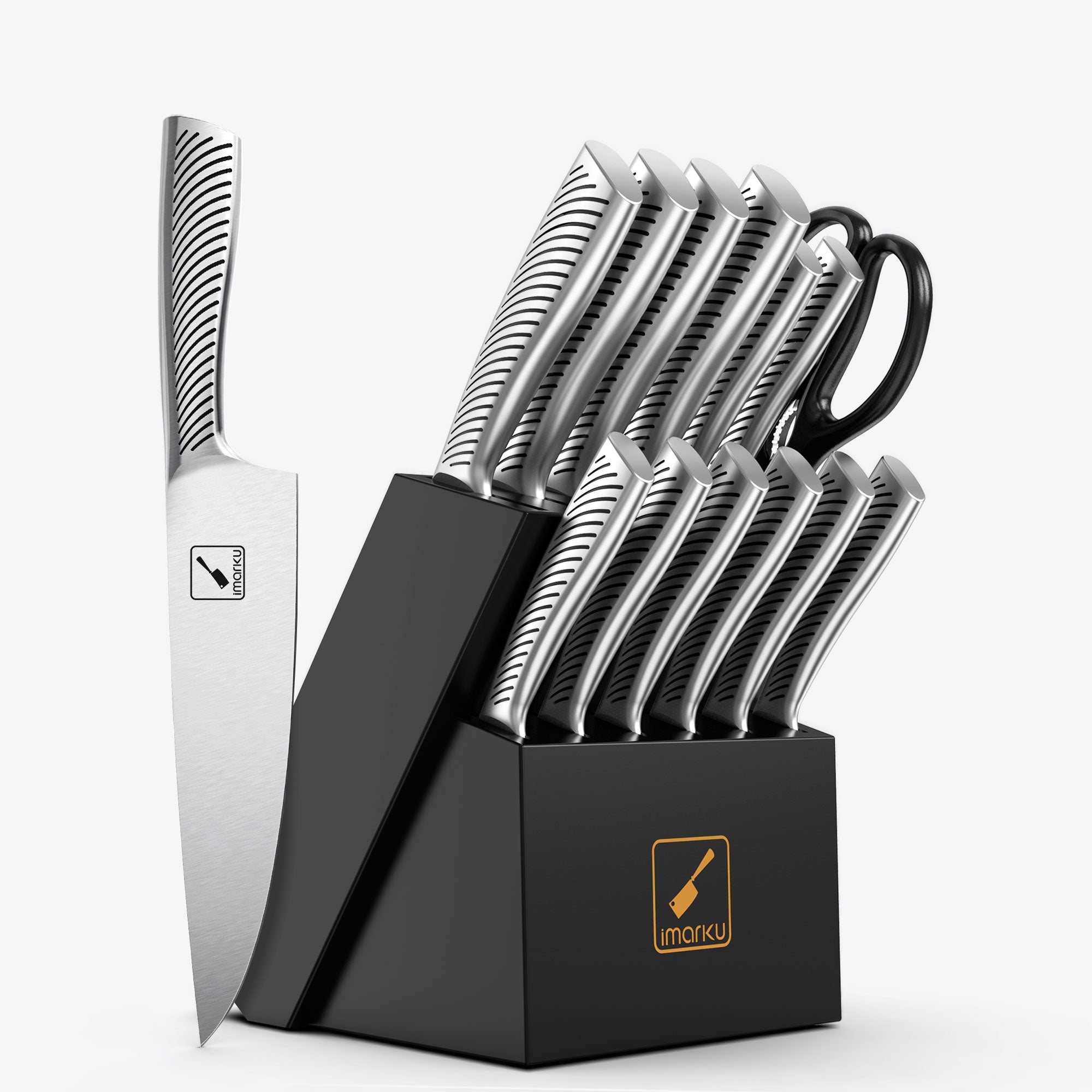
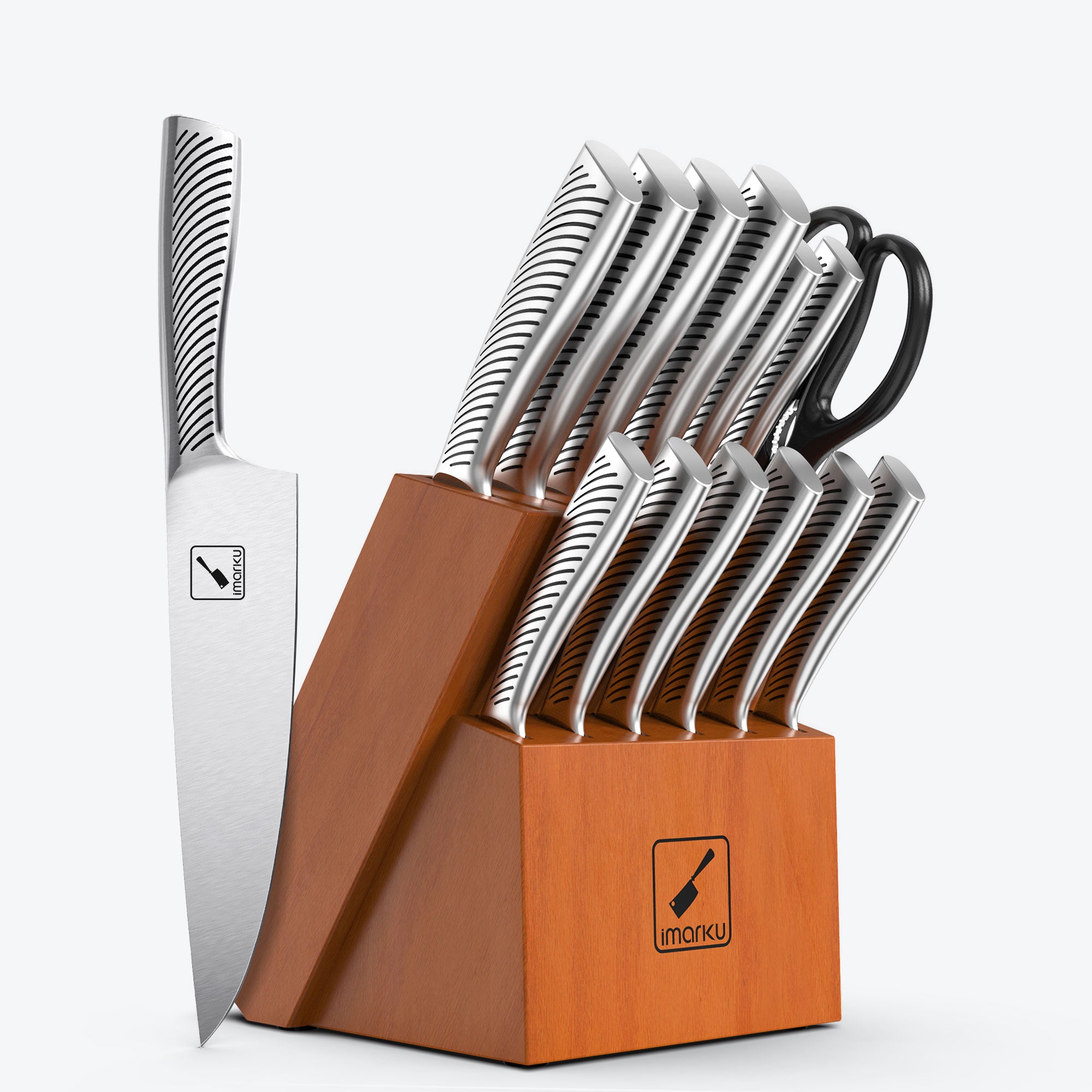
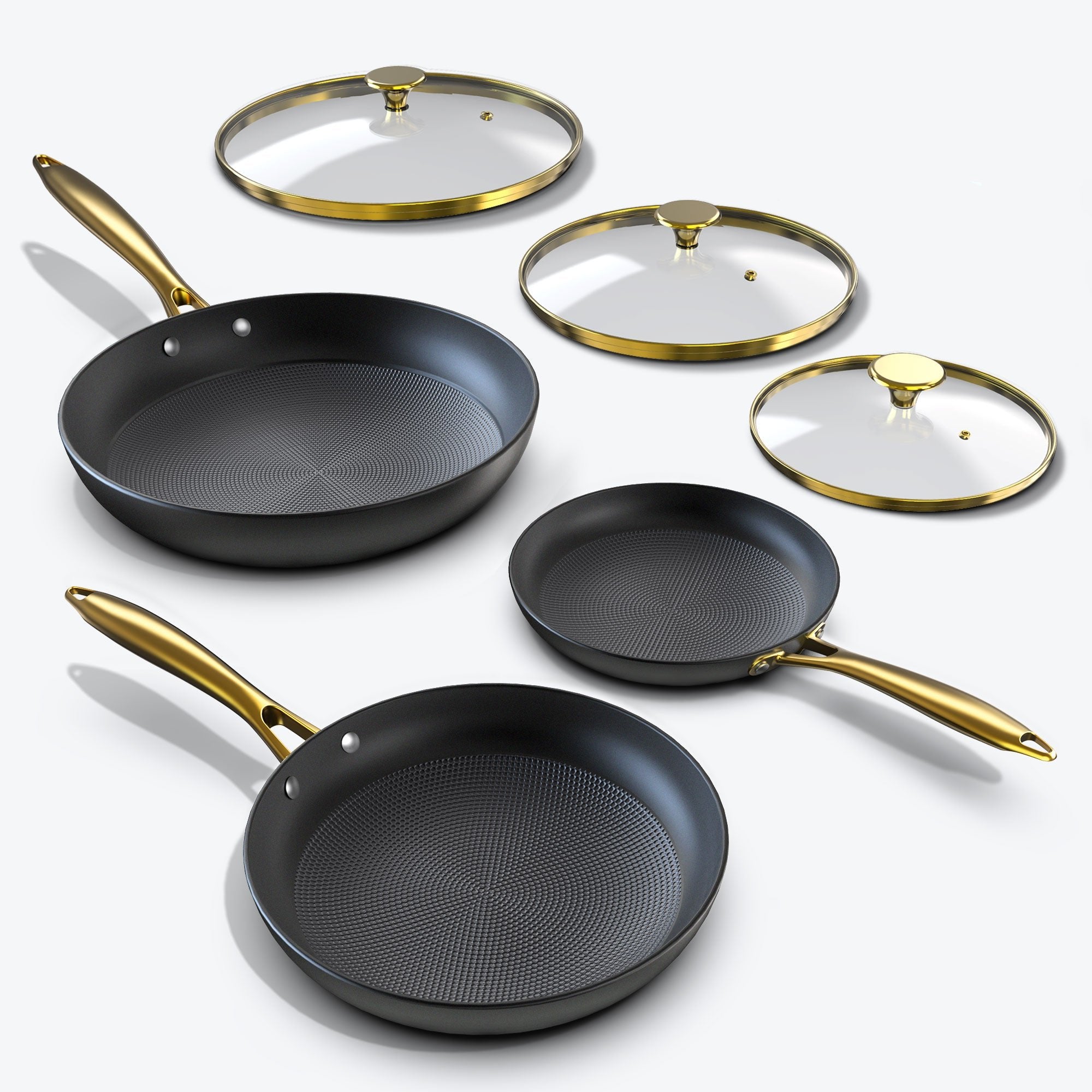
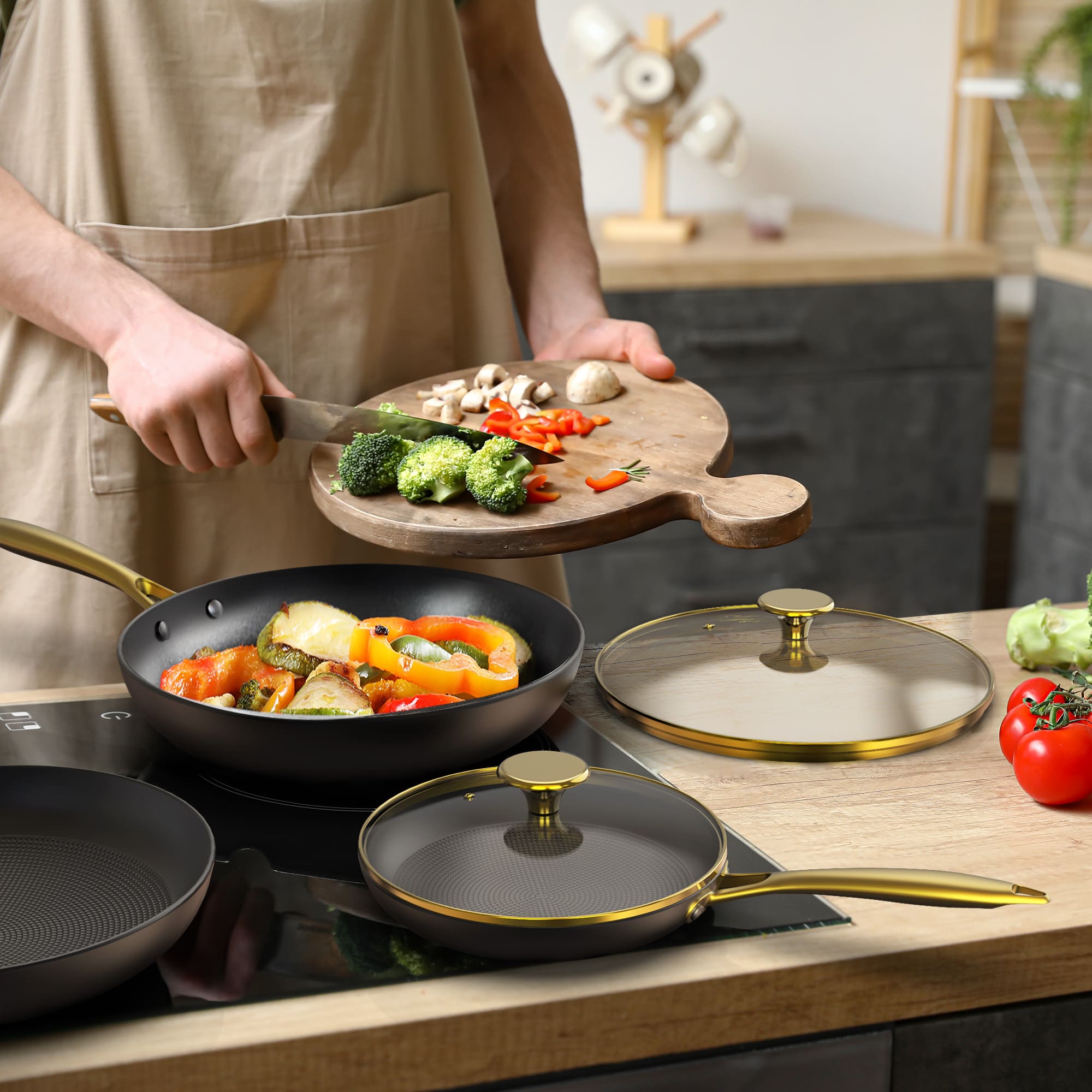
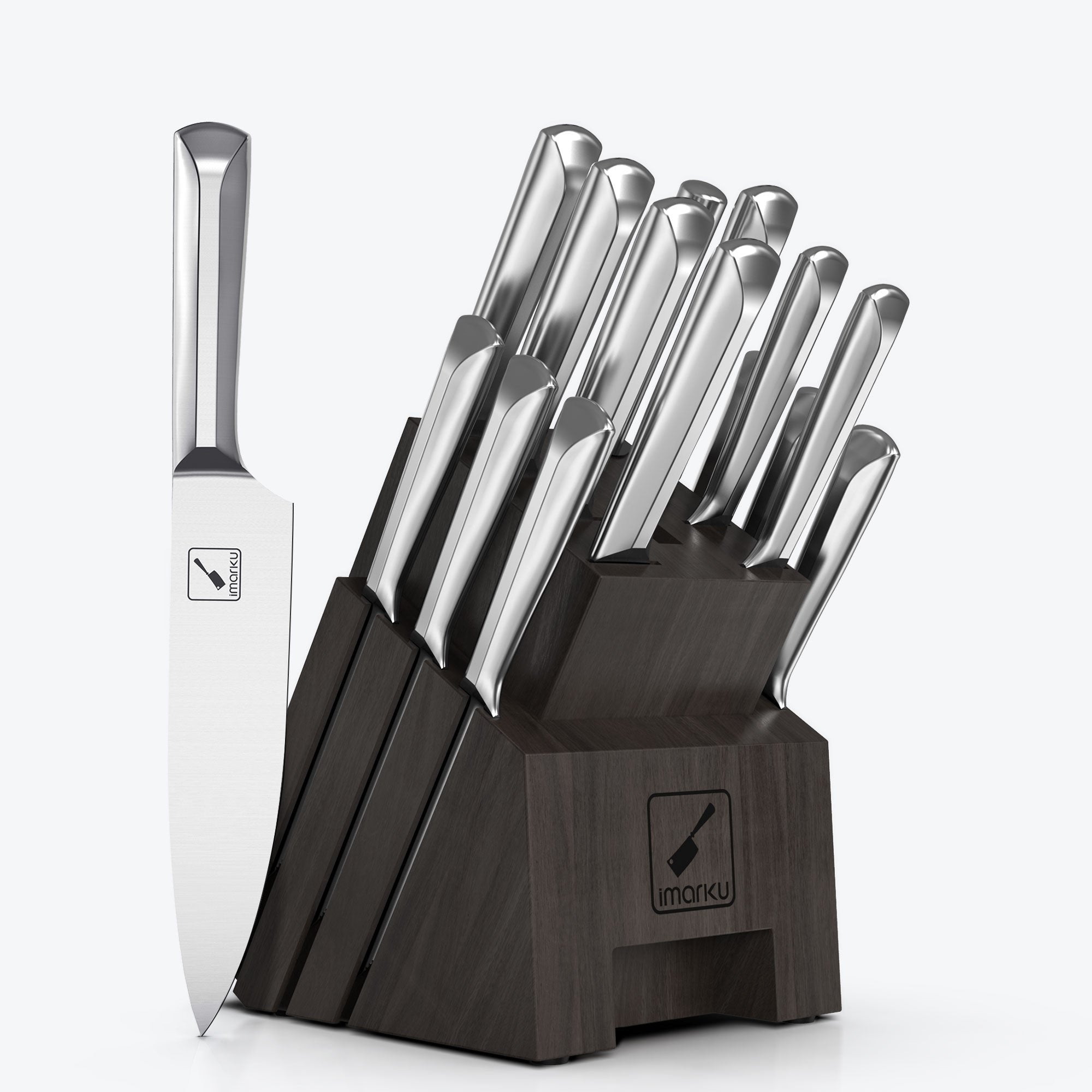
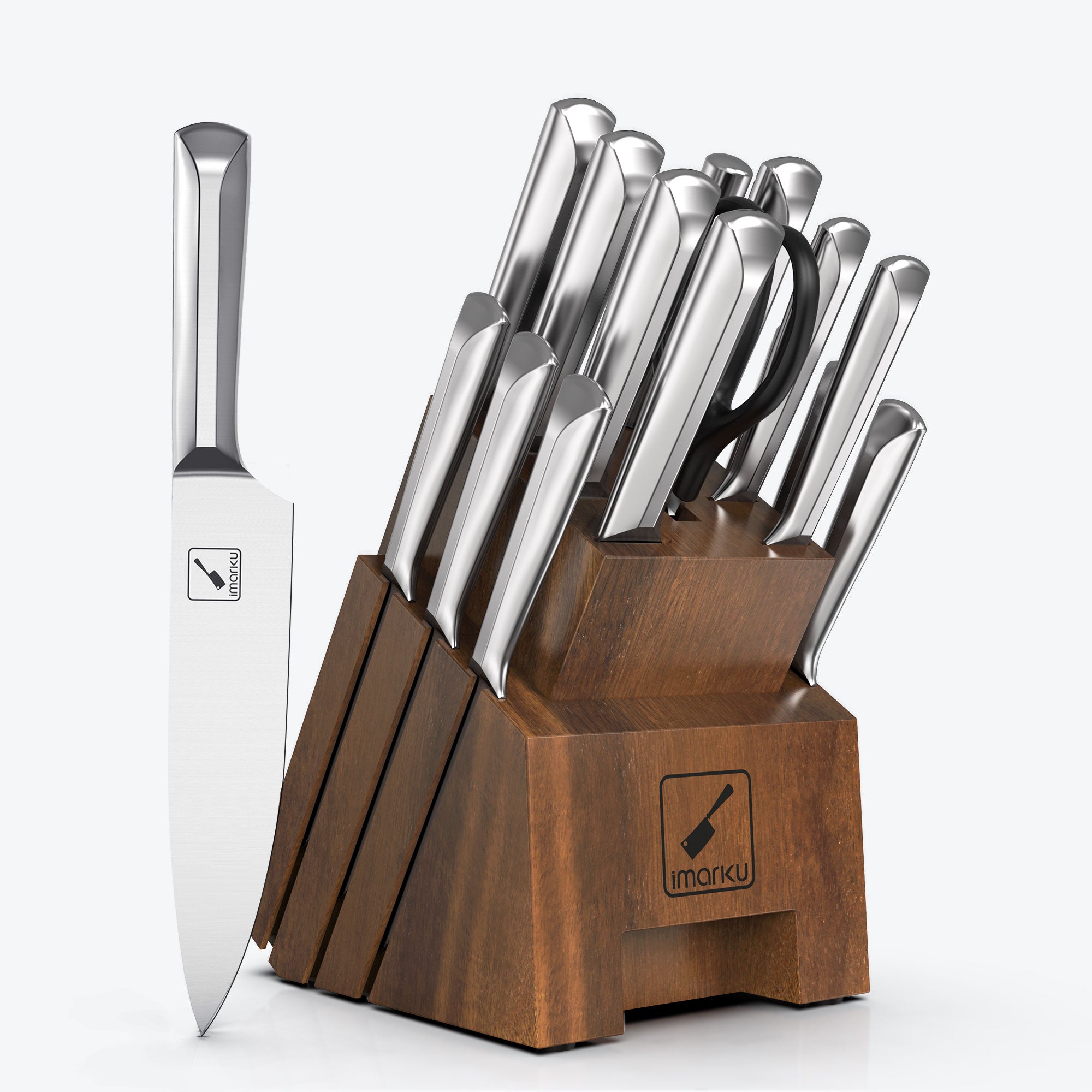
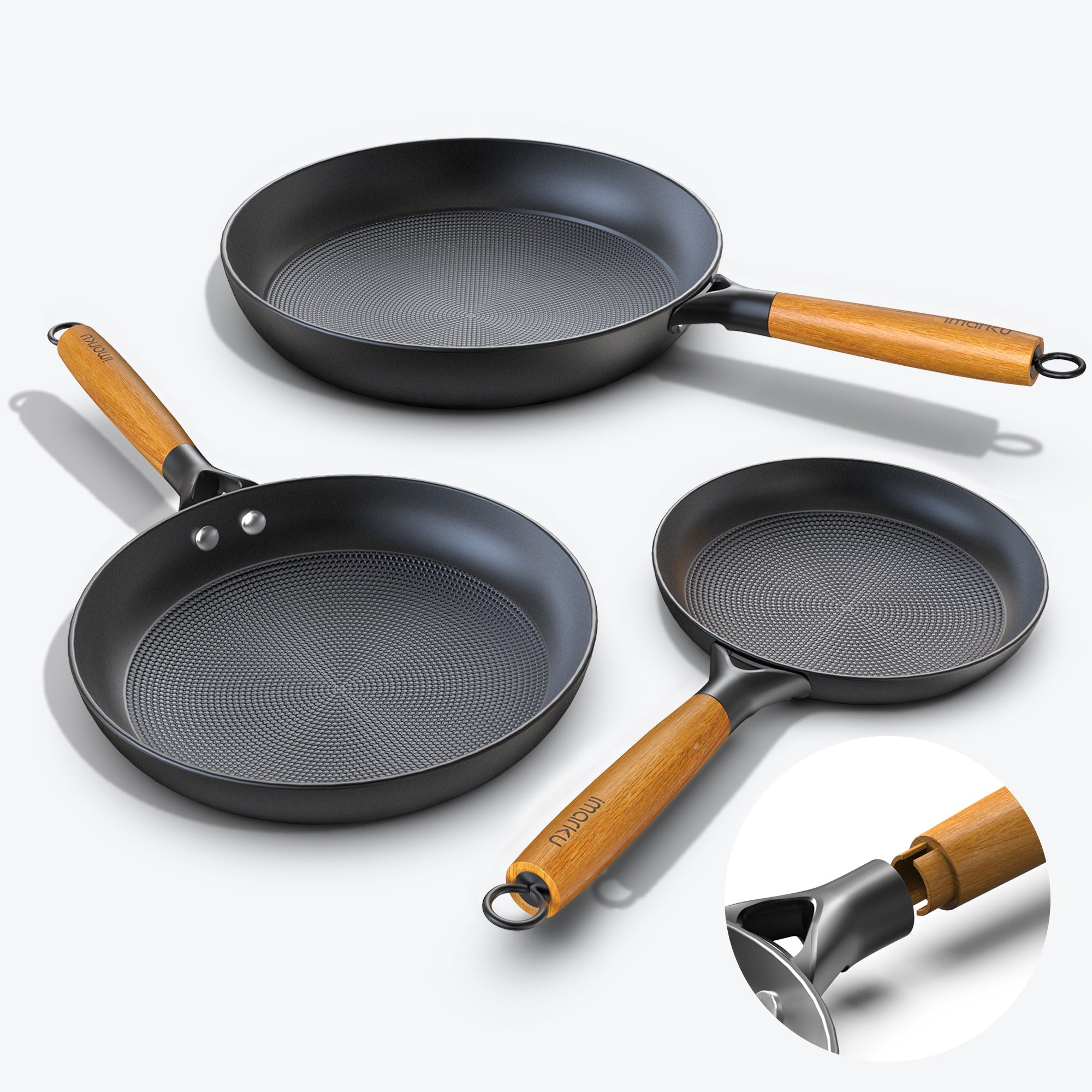
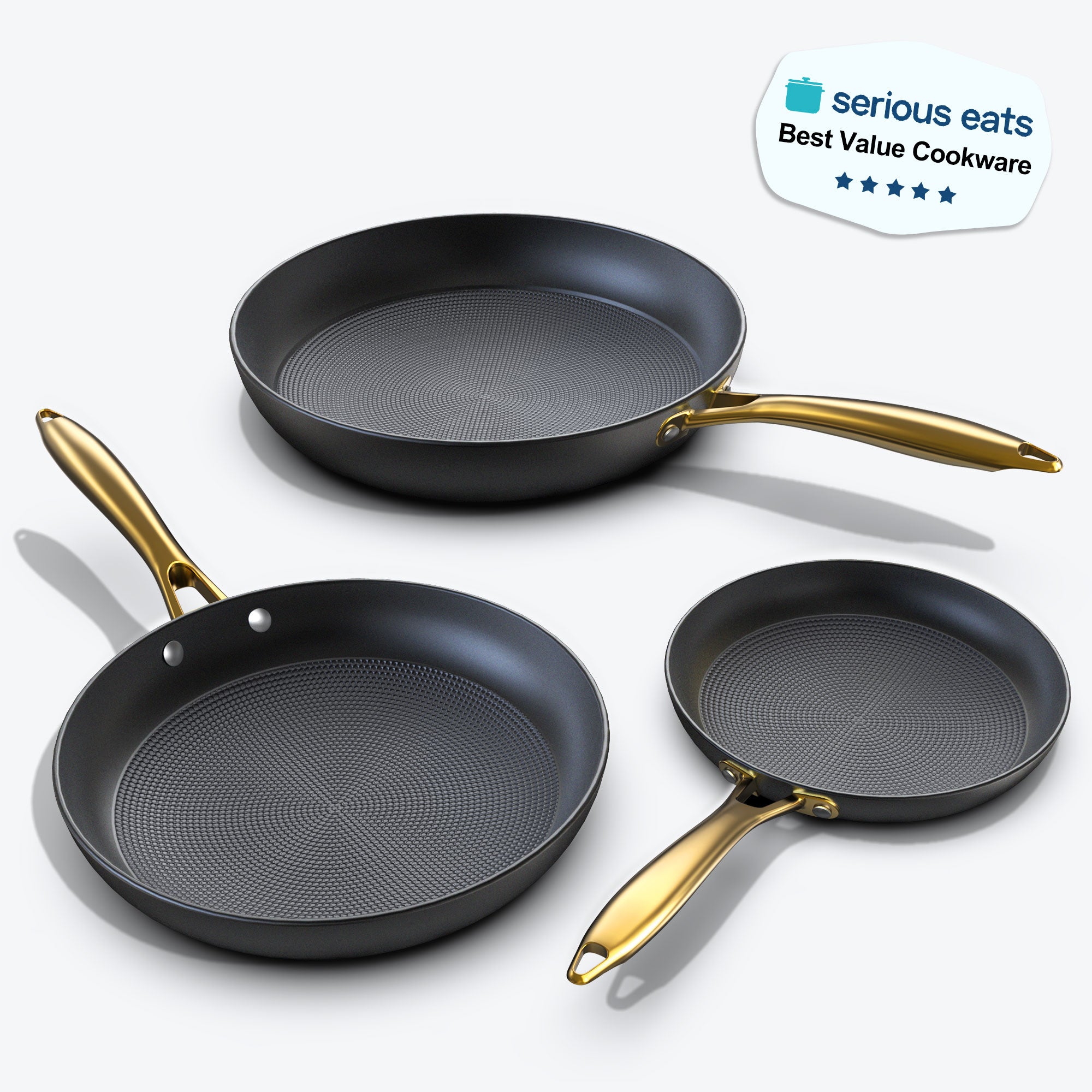

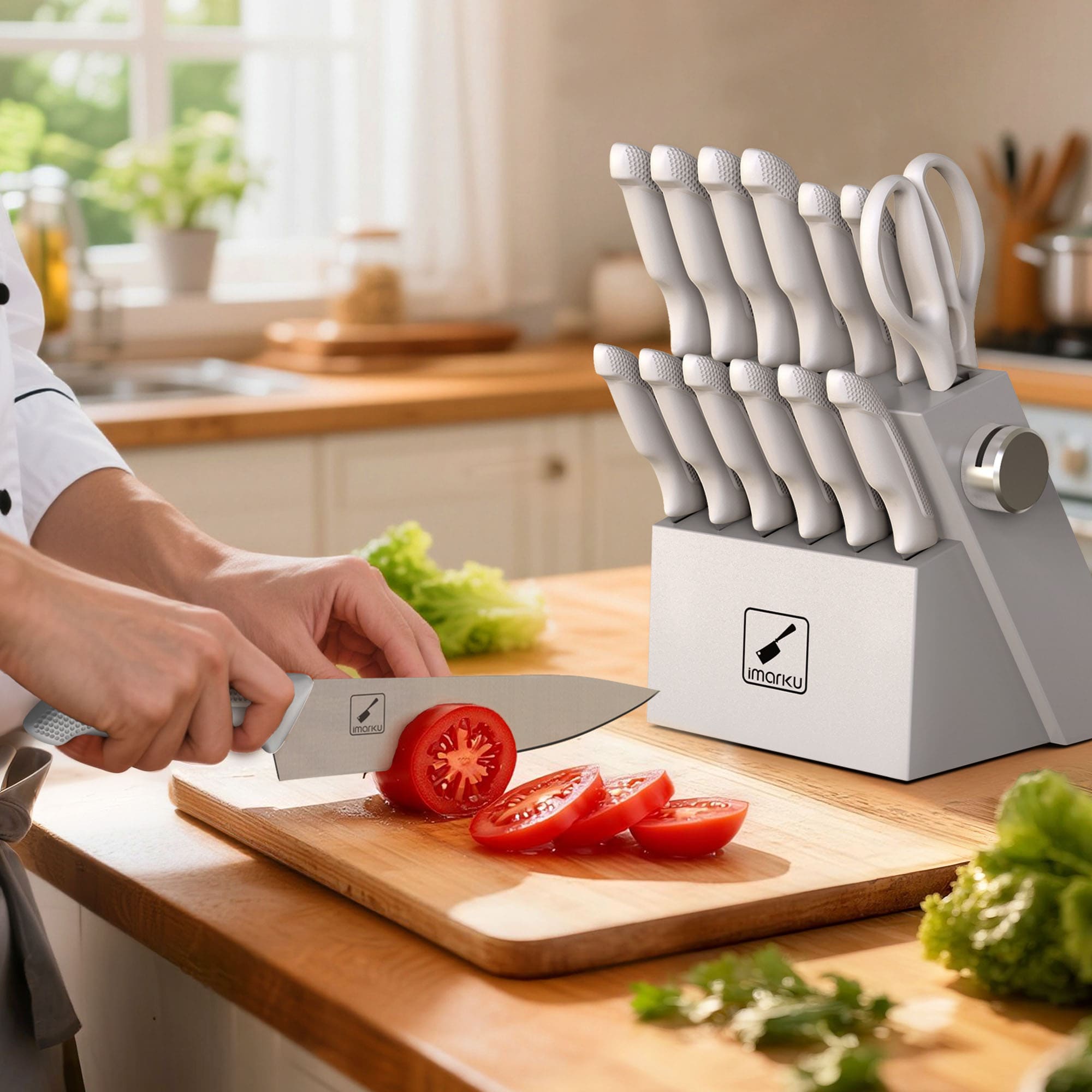
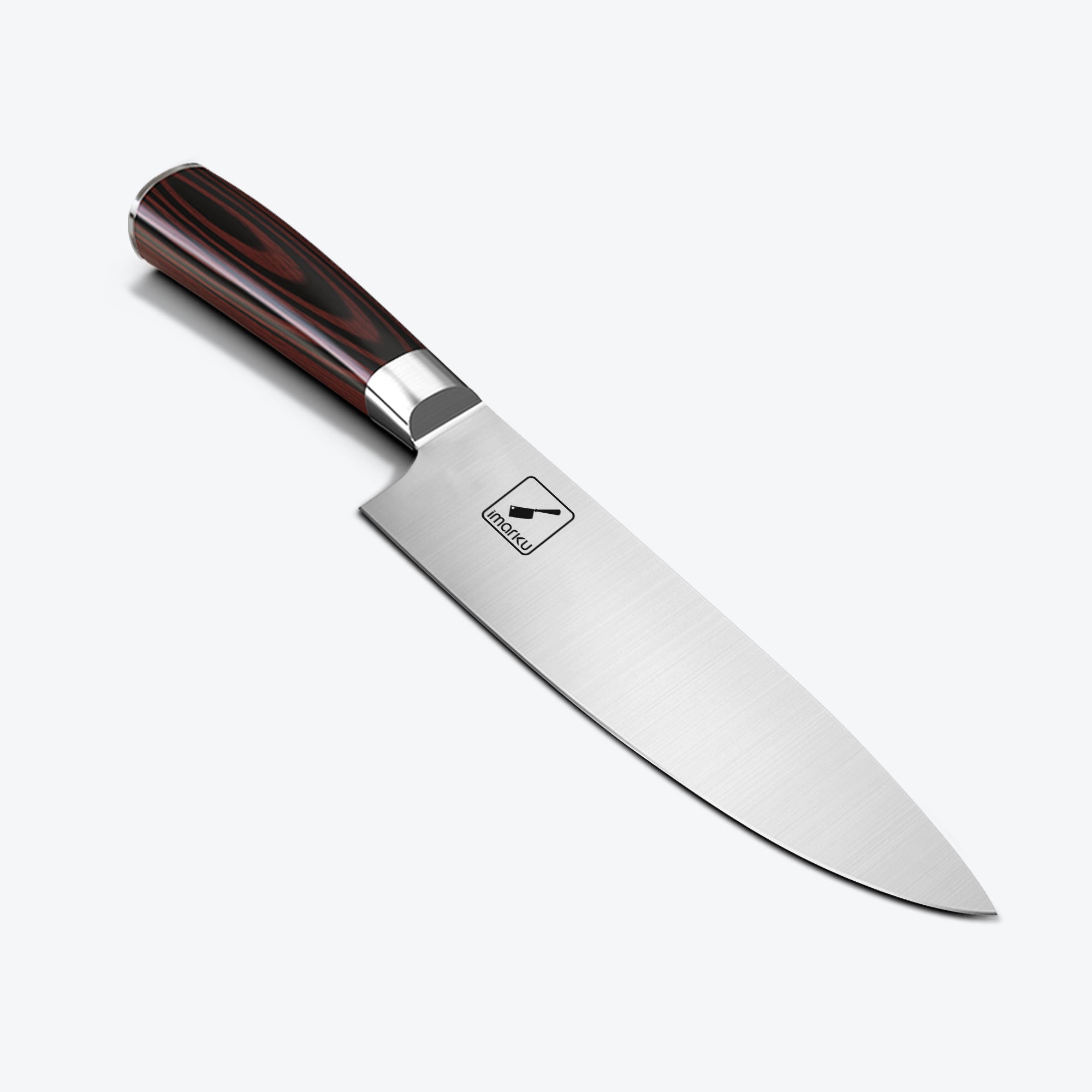
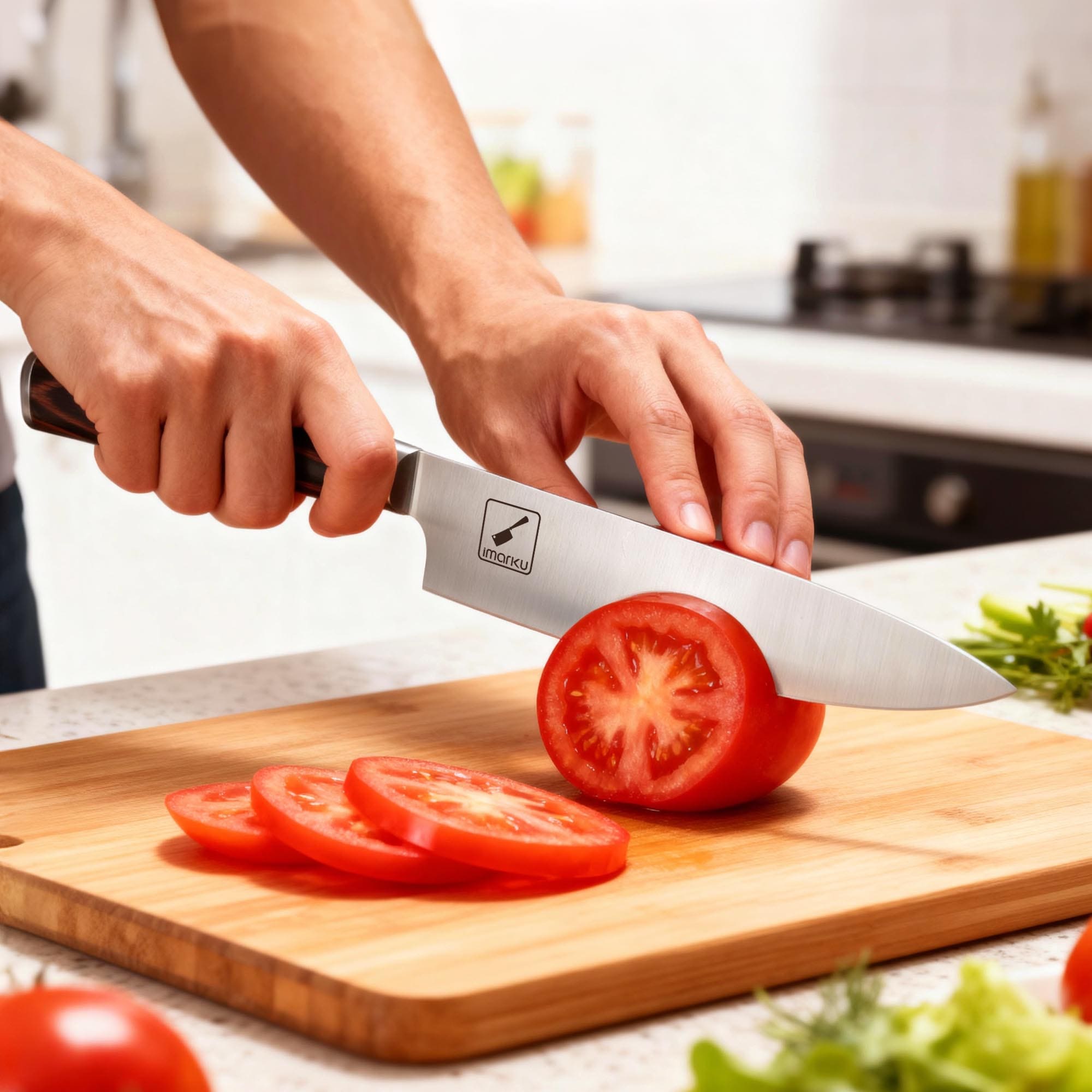
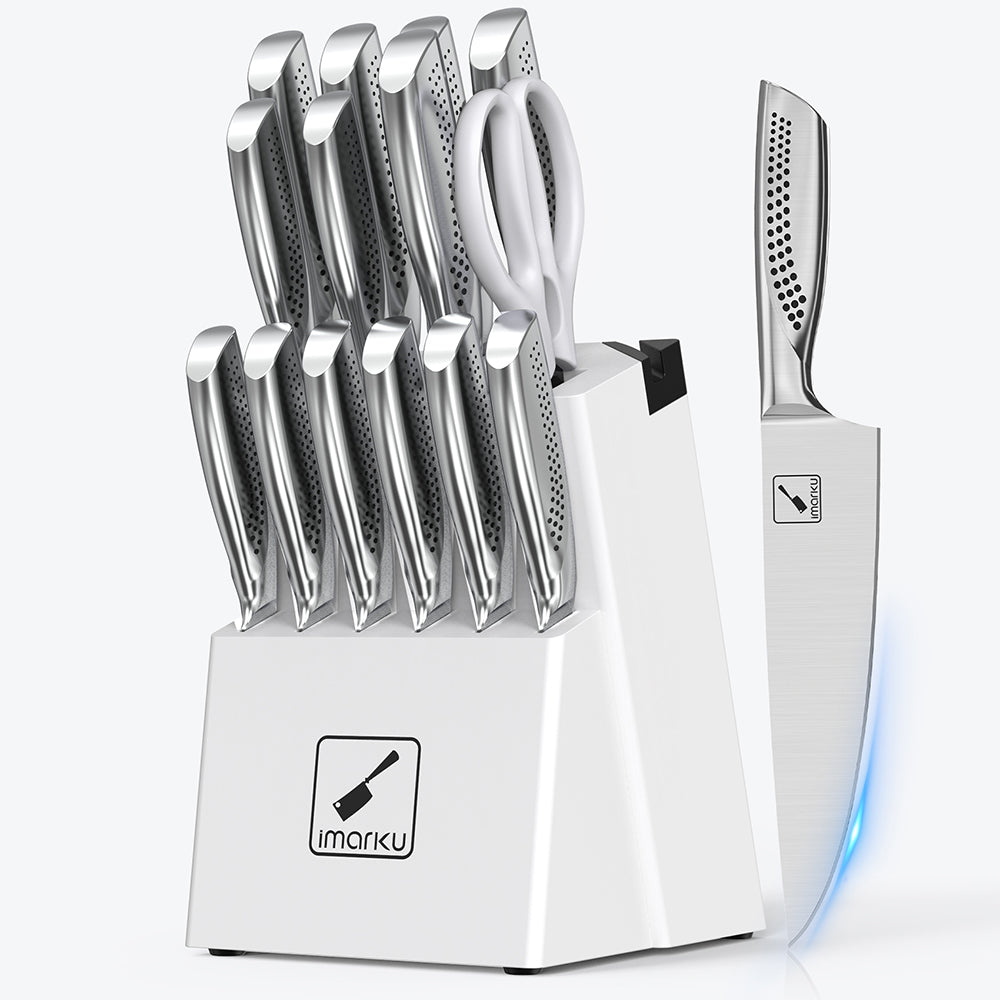
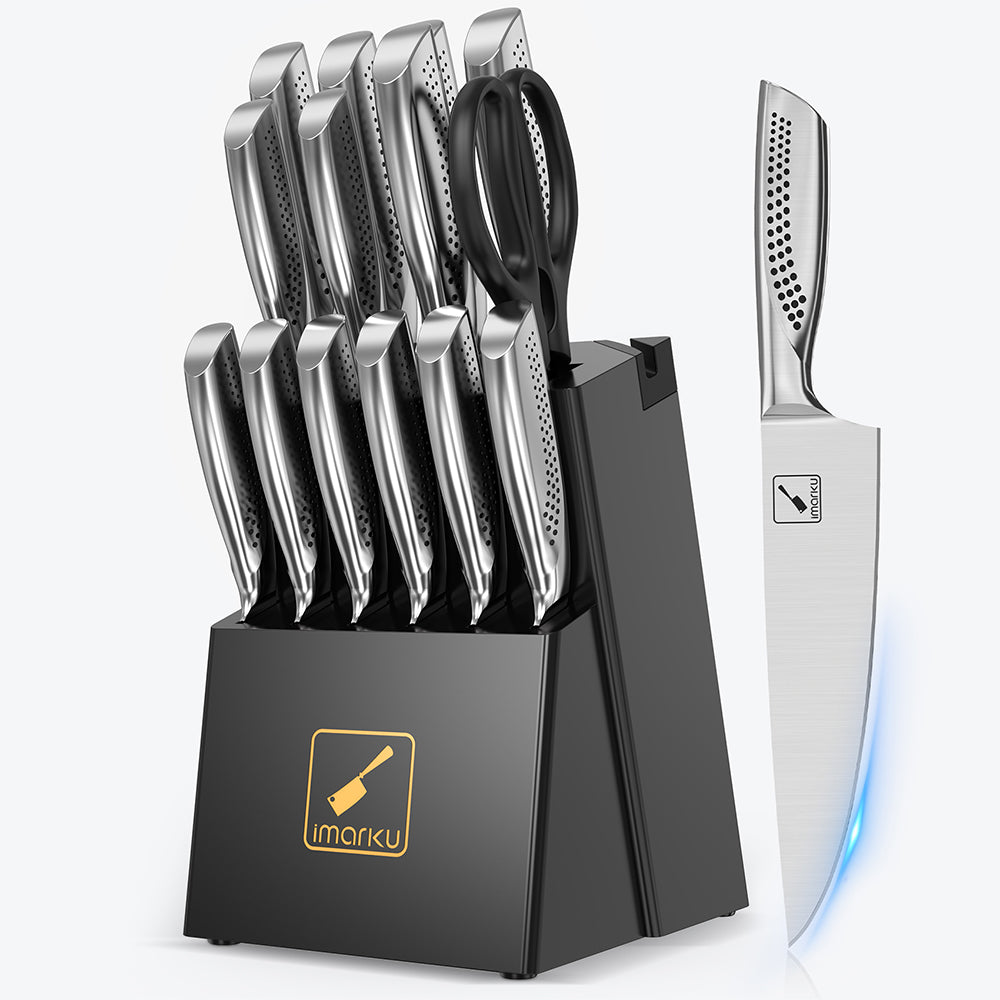
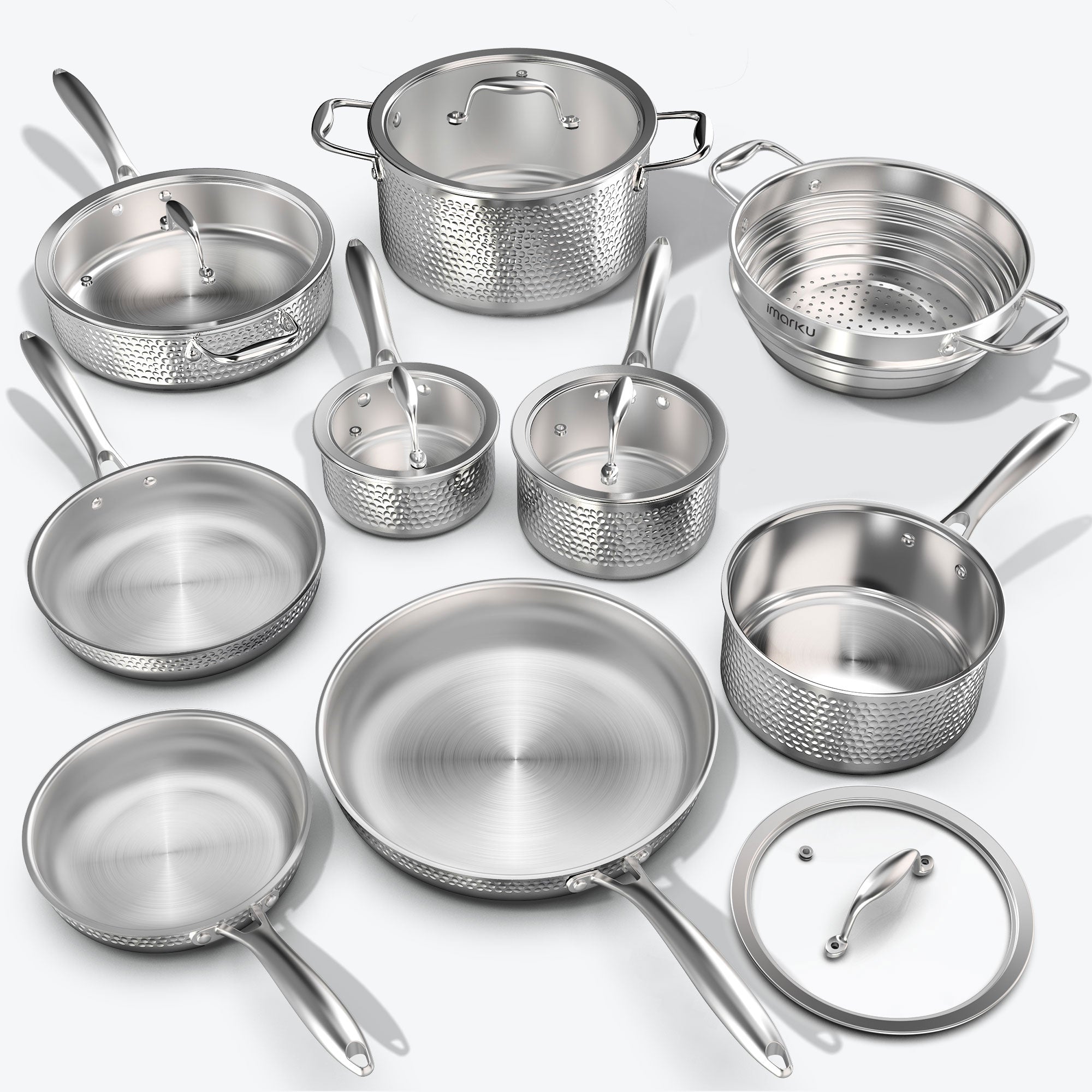

Leave a comment
All comments are moderated before being published.
This site is protected by hCaptcha and the hCaptcha Privacy Policy and Terms of Service apply.